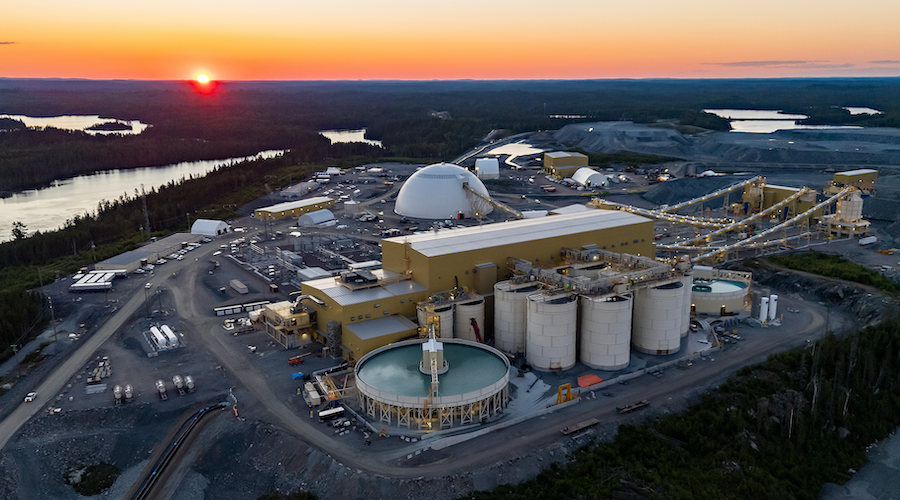10% of Mexico’s territory available for mining

Mexico’s President Enrique Peña Nieto has just released a report detailing his government’s achievements in the past year, the last of his six-year period.
One of the highlights in the report is the amount of active mining concessions, which add up to 25,716. These concessions occupy 22.1 million hectares, an area equivalent to 11.3 per cent of the Mexican territory.
Specifically, from September 2016 to June 2017, the government approved 467 mining permits, most of them in the northwestern states of Sonora, Durango, Chihuahua, and the north-central state of Zacatecas.
Peña Nieto’s fifth government report also says that the number of mining companies operating in the country is of 3,248 of which 2,019 are local companies and 1,229 are foreign.
Estimate investments by the mining industry are said to be of $25.4 billion between 2013 and 2017, with the latter expecting a total input of $5.53 billion by the end of December. Such a figure would showcase a growth of 47.5 per cent compared to the previous 12-month period.
Overall, the country’s mining balance of trade from January to June 2017 had a surplus of $2.48 billion, which is attributed to an increase in exports.
The mining chapter in the report also features the country’s prospective efforts. By gathering data with aerial and terrestrial geophysics across 85,949 kilometres of territory, 96 prospective areas with mining potential were identified in the states of Baja California, Chihuahua, Durango, Mexico, Hidalgo, Nayarit, Nuevo León, Puebla, San Luis Potosí, Sinaloa, Sonora, Veracruz and, Zacatecas.
The studies showed that gold, silver, copper, lead, zinc, rare earths and salts of lithium, potassium, and sodium could be extracted in those areas.
{{ commodity.name }}
{{ post.title }}
{{ post.date }}




Comments
Me
10% of Mexico used for mining?? This is the sort of idiotic statement you don’t expect on a mining news site.